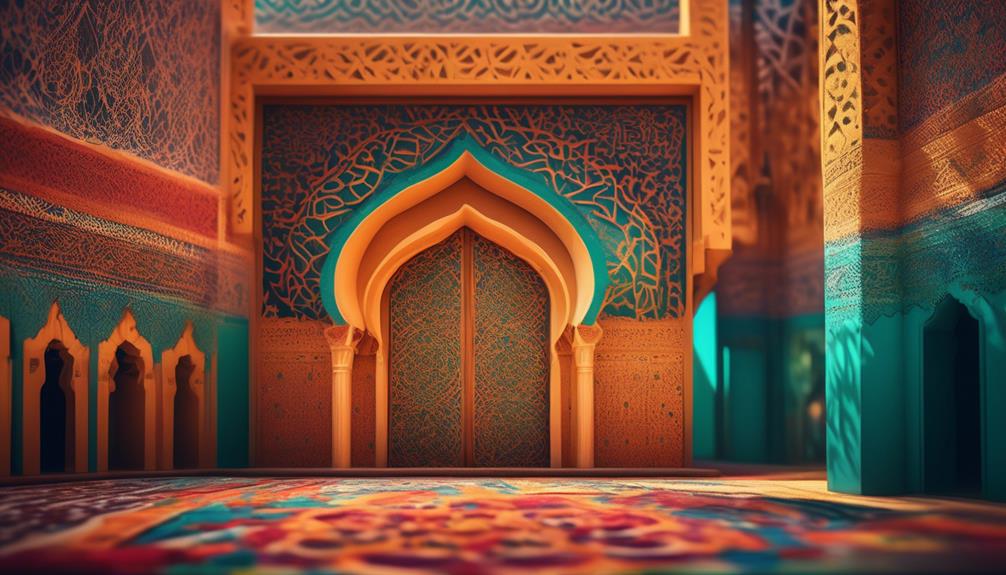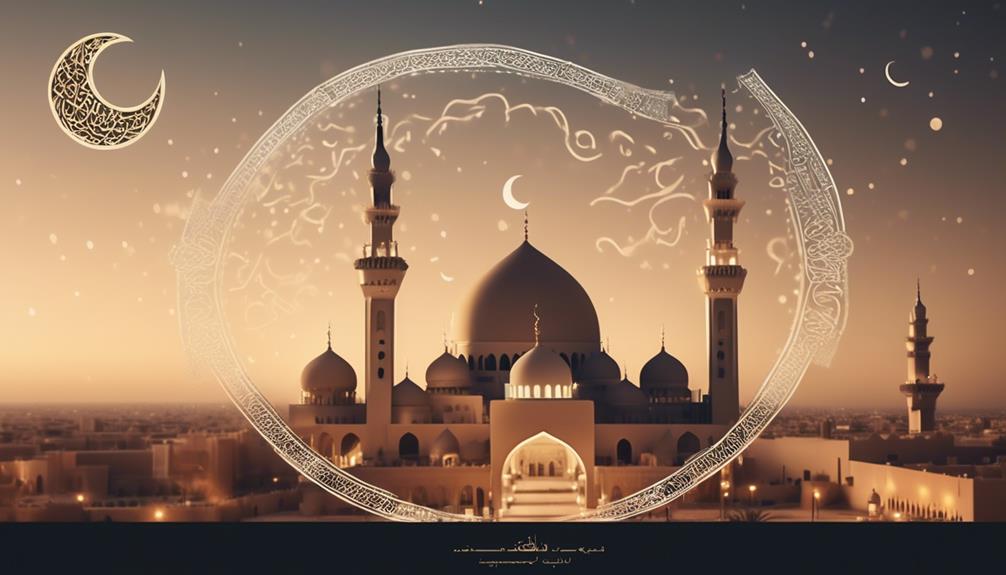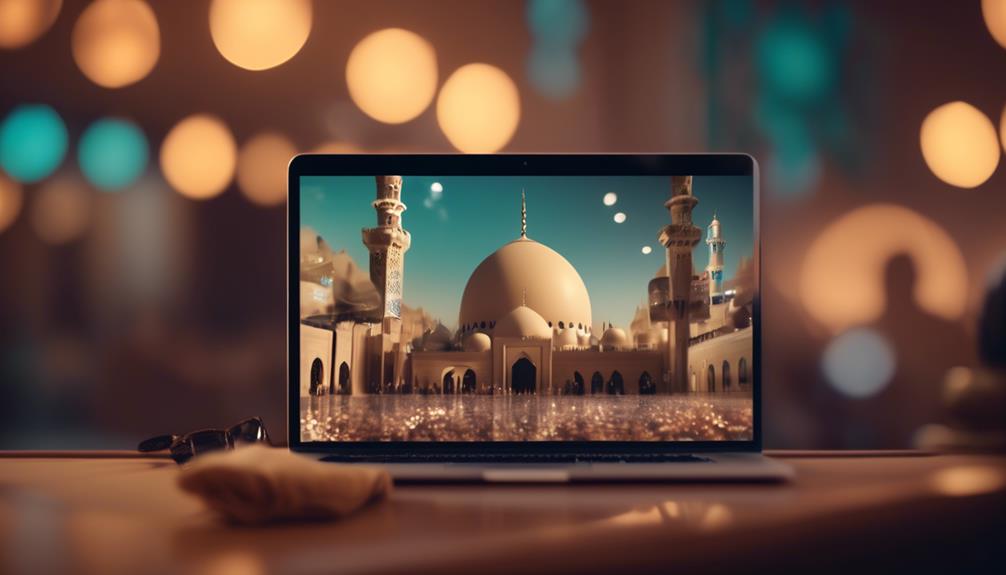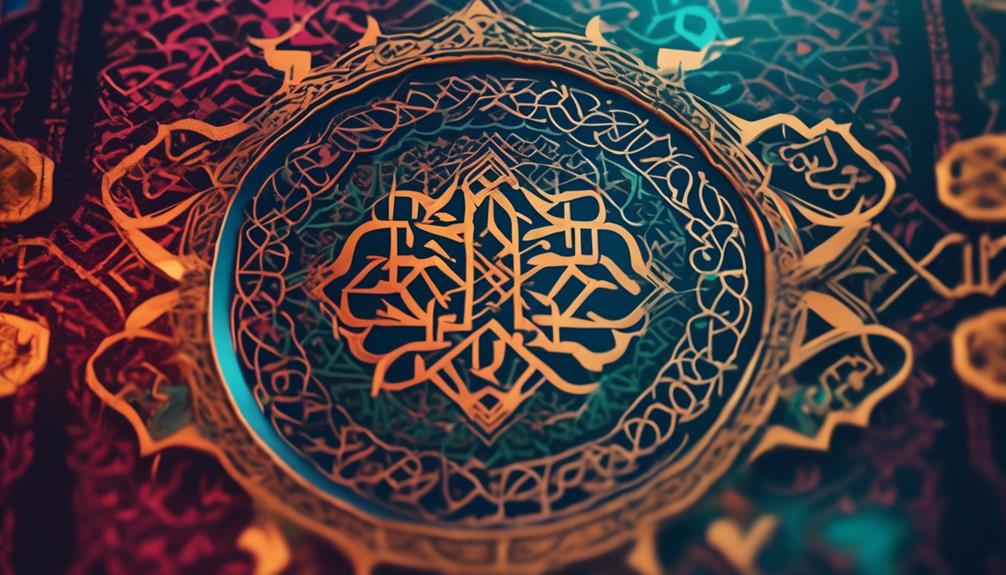Saudi Arabia, a country rich in cultural heritage and traditions, has a profound influence on various aspects of life, including web design. As the digital landscape continues to evolve, it is crucial for businesses and designers to understand the impact of Saudi culture on web design.
From vibrant colors and intricate patterns to the incorporation of Arabic typography and religious symbolism, Saudi culture manifests itself in numerous ways on the web. Moreover, the emphasis on user-friendly interfaces, cultural sensitivity in content and imagery, integration of traditional Saudi art and architecture, and localization for Arabic language and cultural preferences play a significant role in shaping the Saudi web design landscape.
In this discussion, we will explore the seven best ways in which Saudi culture influences web design, shedding light on the unique elements that make Saudi websites truly captivating and culturally relevant.
Vibrant Colors and Intricate Patterns

Vibrant colors and intricate patterns play a significant role in Saudi culture's influence on web design. By incorporating these elements into their websites, Saudi designers are able to express the rich cultural heritage of their country and create a visually engaging experience for users.
Color psychology plays an important role in Saudi web design, as colors are believed to have specific meanings and evoke certain emotions. For example, the color green is often used to represent growth, fertility, and prosperity, while blue is associated with tranquility and spirituality. By carefully choosing colors that align with the desired emotional response, Saudi designers are able to create a more immersive and impactful user experience.
In addition to color psychology, the use of intricate patterns in Saudi web design also reflects the cultural identity of the country. These patterns, often inspired by traditional Islamic art and architecture, are known for their geometric precision and intricacy. They are used to create visually stimulating and aesthetically pleasing designs that capture the essence of Saudi culture.
Whether it is in the form of intricate tile patterns or calligraphic motifs, these design elements serve as a visual representation of Saudi Arabia's rich artistic heritage and provide a sense of cultural identity to the websites.
Incorporation of Arabic Typography
The cultural influence of Saudi Arabia on web design extends beyond vibrant colors and intricate patterns to include the incorporation of Arabic typography, which serves as another distinct element that showcases the rich heritage and artistic identity of the country. Arabic calligraphy, with its intricate and flowing letterforms, has a long history in Islamic art and is widely recognized as a significant form of expression.
In web design, Arabic calligraphy is used to add a touch of elegance and authenticity to websites, creating a sense of connection to Saudi culture.
The use of Arabic typography in web design also extends to the inclusion of geometric patterns. These patterns, known as Islamic geometric patterns, are a hallmark of Islamic art and can be found in various forms of traditional Saudi architecture, such as mosques and palaces. By incorporating these patterns into web design, designers are able to create visually striking layouts that not only pay homage to Saudi culture but also enhance the overall user experience.
Furthermore, the incorporation of Arabic typography and geometric patterns in web design allows for the seamless blending of traditional and modern elements. It enables websites to have a unique and distinct visual identity that reflects the cultural heritage of Saudi Arabia while also embracing contemporary design trends. This combination of tradition and modernity creates a visually captivating and engaging user experience, making websites stand out in the crowded digital landscape.
Religious Symbolism in Design Elements

Religious symbolism is a significant aspect of design elements in Saudi web design, reflecting the deeply rooted religious traditions and beliefs of the country. Symbolic representations are often used in web design to convey religious themes and evoke a sense of cultural aesthetics. These design elements serve not only as decorative features but also as a means of expressing faith and promoting religious values.
One common religious symbol used in Saudi web design is the crescent moon, which is associated with Islam and represents the beginning of the lunar month. This symbol is often incorporated into the design of websites to indicate important Islamic events, such as the beginning of Ramadan or Eid al-Fitr.
Another prominent religious symbol is the calligraphy of Arabic verses from the Quran. These verses are often used as decorative elements in web design, adding a touch of spirituality to the overall aesthetic. The intricate and elegant nature of Arabic calligraphy enhances the visual appeal of the design while also conveying a sense of reverence for the sacred text.
In addition to specific symbols, the overall design elements in Saudi web design often reflect cultural aesthetics influenced by religious beliefs. Websites are designed with a focus on simplicity, cleanliness, and order, mirroring the Islamic principles of balance and harmony. The use of muted colors, geometric patterns, and clean lines further reflects the cultural aesthetics of Saudi Arabia.
Emphasis on User-Friendly Interface
Building on the cultural aesthetics and religious symbolism discussed earlier, Saudi web design also places a strong emphasis on creating a user-friendly interface. Saudi web designers understand the importance of designing websites that are easy to navigate and visually appealing to users. This focus on user-friendliness is crucial in ensuring a positive user experience and encouraging users to stay on the website longer.
One of the key aspects of user-friendly interface design in Saudi Arabia is the incorporation of effective interaction design. Interaction design involves creating intuitive and seamless interactions between users and the website. Saudi web designers prioritize the use of clear and concise navigation menus, buttons, and links to guide users through the website effortlessly.
Additionally, Saudi web design also incorporates accessibility features to ensure that websites are accessible to all users, including those with disabilities. This includes providing alternative text for images, using proper color contrasts, and considering the needs of users with visual impairments or motor disabilities.
Cultural Sensitivity in Content and Imagery

Saudi web design embraces cultural sensitivity in the selection of content and imagery. This approach is essential to avoid cultural appropriation in web design and ensure that the content and imagery used on websites align with Saudi cultural norms.
With the rise of social media, Saudi Arabia has witnessed a significant impact on its cultural norms. As a result, web designers must be mindful of the content and imagery they incorporate into their designs to respect and reflect the values and traditions of Saudi society.
Cultural sensitivity in content and imagery involves understanding the nuances of Saudi culture and incorporating them into web design. This includes avoiding the use of content or imagery that may be offensive or inappropriate within the Saudi context. Web designers must consider factors such as dress code, religious symbols, and gender segregation when selecting content and imagery for Saudi websites. By doing so, they can ensure that the website appeals to the target audience and is respectful of their cultural beliefs and practices.
Social media has played a crucial role in shaping Saudi cultural norms, and web designers need to be aware of these changes. The impact of social media platforms, such as Instagram and Snapchat, has influenced fashion, lifestyle, and social behaviors in Saudi Arabia. Web designers must stay up-to-date with these evolving trends to create designs that resonate with the target audience.
Integration of Traditional Saudi Art and Architecture
Incorporating elements of traditional Saudi art and architecture enhances the aesthetic appeal and cultural authenticity of web designs.
One of the key aspects of Saudi culture that can be integrated into web design is the importance of storytelling. Saudi Arabian culture has a rich tradition of storytelling, which can be seen in its folk tales and historical narratives. By incorporating storytelling elements into web design, such as using visuals and narratives to engage users, websites can create a more immersive and engaging experience for visitors.
Another significant influence of traditional Saudi art and architecture on web design is the use of calligraphy. Calligraphy is highly regarded in Saudi Arabian design, and it is commonly used in various forms of artistic expression, including architecture, textiles, and typography. By incorporating calligraphy into web design, websites can add a touch of elegance and cultural authenticity. Calligraphy can be used to create visually appealing typography, logos, and other design elements that reflect the unique identity of Saudi culture.
Localization for Arabic Language and Cultural Preferences

To ensure a seamless user experience, web designers must consider localization for Arabic language and cultural preferences.
When it comes to web design, incorporating the Arabic language is crucial to cater to the needs of the Saudi audience. Arabic is a complex language with its unique script and typography. Web designers must ensure that the website is capable of displaying Arabic text correctly, with proper alignment and font styles that are easy to read.
In addition to the language aspect, cultural preferences play a significant role in web design for the Saudi audience. It is important to understand and incorporate cultural elements such as colors, symbols, and imagery that resonate with the Saudi culture. For instance, using colors like green and gold, which are associated with prosperity and wealth in Saudi Arabia, can create a positive impression. Moreover, integrating traditional Saudi patterns and motifs into the website's design can help establish a connection with the local audience.
Frequently Asked Questions
How Can Vibrant Colors and Intricate Patterns in Saudi Culture Influence Web Design?
Vibrant colors and intricate patterns in Saudi culture can greatly influence web design, adding a sense of richness and visual appeal. These elements can be incorporated into website layouts, backgrounds, and graphics, creating a unique and engaging user experience.
What Is the Significance of Incorporating Arabic Typography in Web Design Within Saudi Culture?
The incorporation of Arabic calligraphy in web design within Saudi culture holds significant cultural and aesthetic value. It adds a unique and authentic touch, enhancing the overall design and creating a sense of cultural identity.
How Does Religious Symbolism in Design Elements Affect the Overall Aesthetics of Web Design in Saudi Arabia?
Religious symbolism in design elements plays a significant role in shaping the aesthetics of web design in Saudi Arabia. It adds a sense of cultural identity and creates a visually appealing and meaningful user experience.
Why Is There an Emphasis on a User-Friendly Interface in Saudi Web Design?
The emphasis on a user-friendly interface in Saudi web design is important due to the importance of accessibility and the impact of cultural traditions on layout. Ensuring a seamless and intuitive user experience is crucial in catering to the needs and preferences of Saudi users.
How Is Cultural Sensitivity in Content and Imagery Reflected in Saudi Web Design?
Cultural sensitivity in content and imagery is reflected in Saudi web design through the incorporation of traditional elements. This ensures that the design resonates with the Saudi culture and appeals to the target audience.
Conclusion
In conclusion, Saudi culture has a significant influence on web design. This influence can be seen through various elements that are incorporated into website designs in the region. These elements include vibrant colors, intricate patterns, and the incorporation of Arabic typography.
Religious symbolism is also an important component of web design in Saudi Arabia. Websites often incorporate symbols and images that are significant in Islamic culture and religion.
Another important aspect of web design influenced by Saudi culture is the focus on creating a user-friendly interface. Websites are designed to be easy to navigate and provide a seamless user experience.
Cultural sensitivity is also taken into consideration when designing websites in Saudi Arabia. Websites are tailored to the cultural preferences and sensitivities of Saudi users.
Additionally, traditional Saudi art and architecture are often integrated into website designs. This helps to create a visually appealing and culturally relevant experience for users.
Localization for Arabic language and cultural preferences is also an important aspect of web design in Saudi Arabia. Websites are designed to cater to the language and cultural preferences of Saudi users.
Overall, Saudi culture plays a crucial role in shaping the design and user experience of websites in the region. The incorporation of various cultural elements helps to create visually appealing and culturally relevant websites that cater to the needs and preferences of Saudi users.

